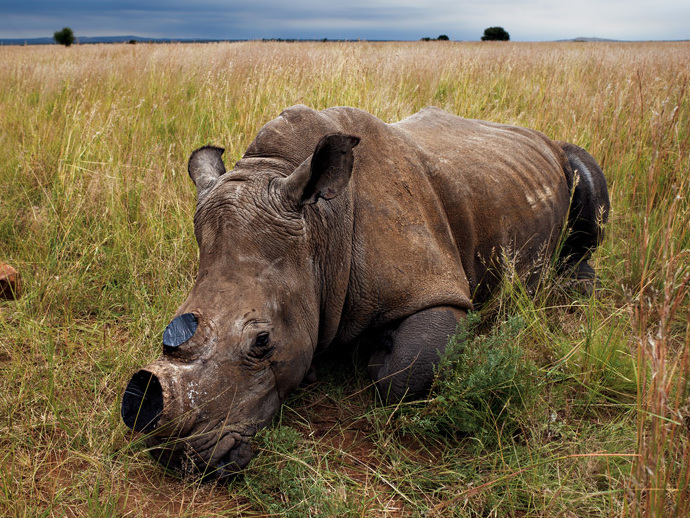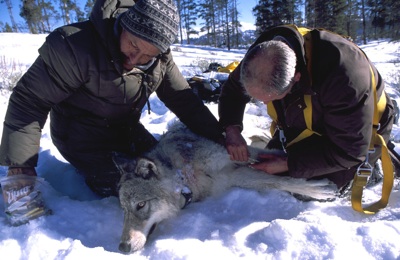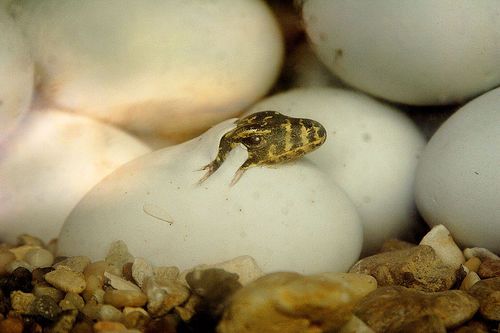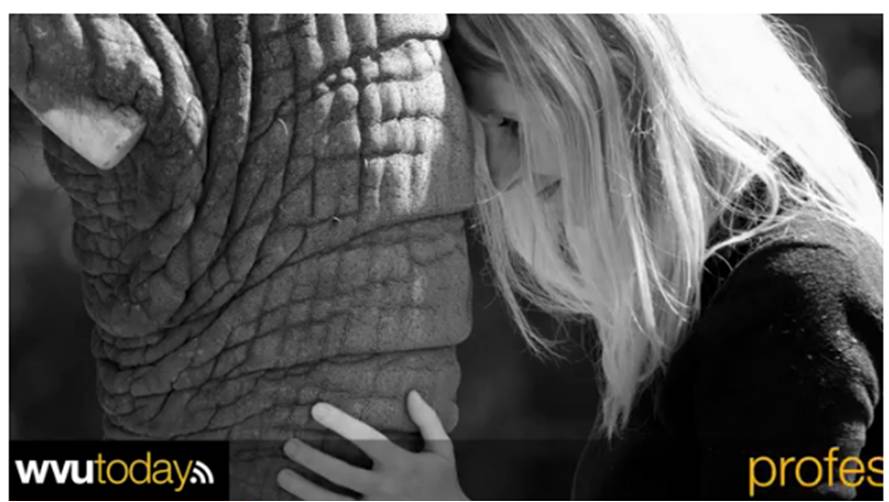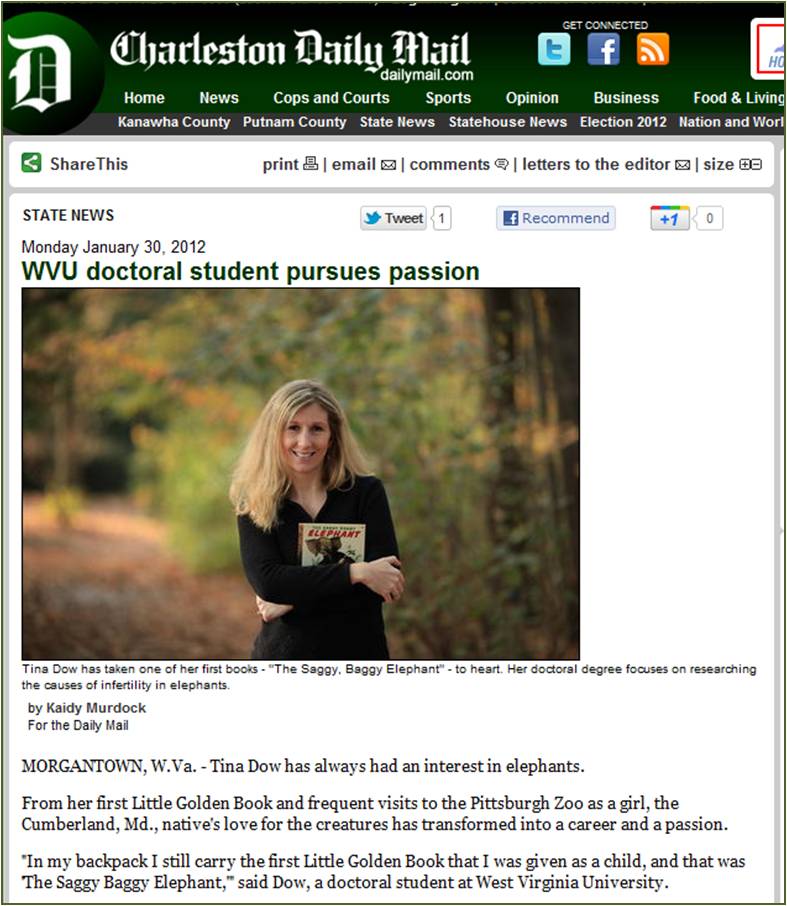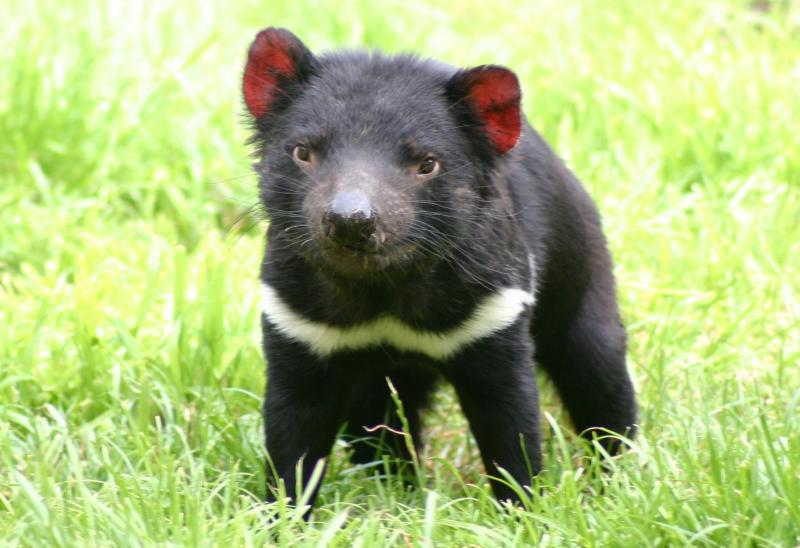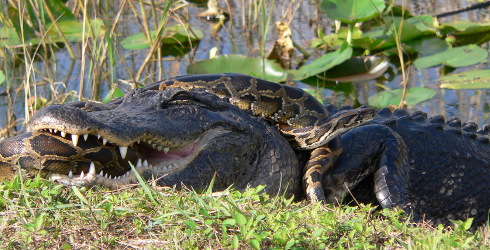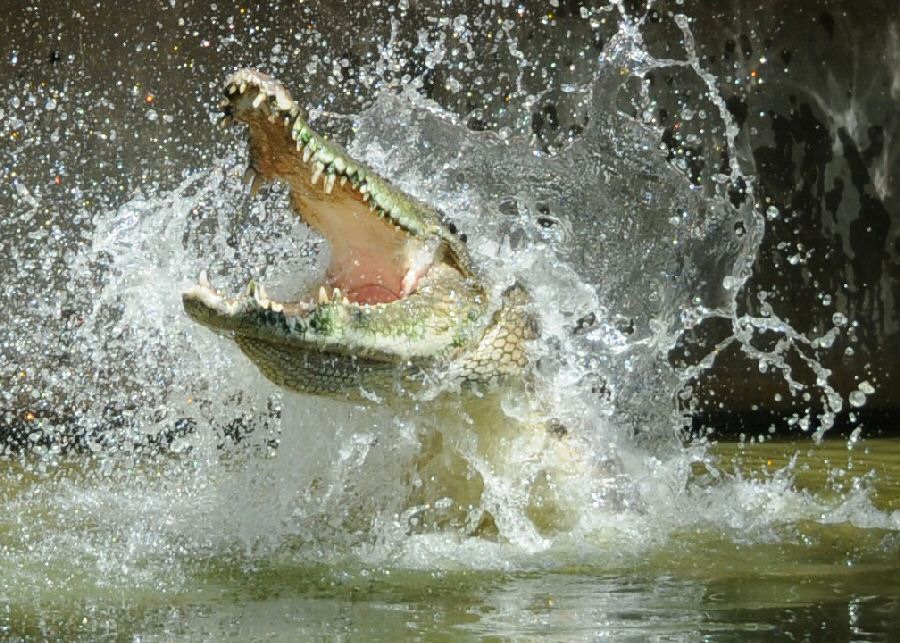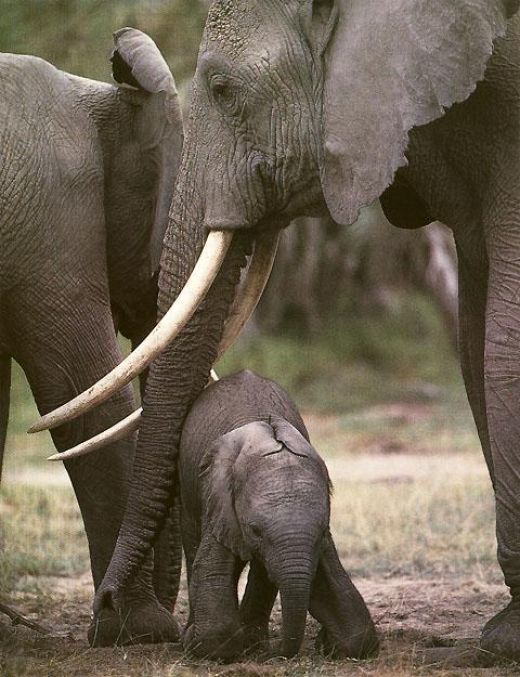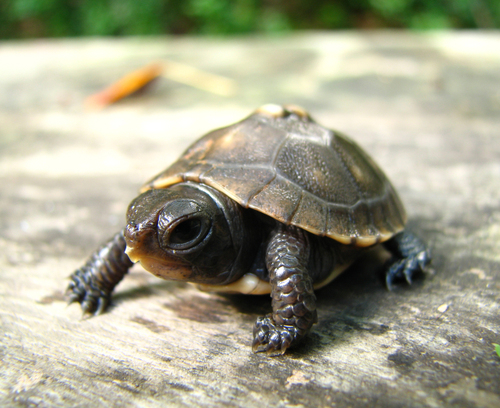In the past, poaching of wildlife for bushmeat or sale of animal products was typically carried out by people living locally to wildlife habitats. Particularly in severely impoverished areas, poaching was done to feed and support families. In the last few years the face of poaching has changed. Poaching has become very sophisticated utilizing GPS, helicopters, and tranquilizers instead of tracking animals on foot and using snares or automatic weapons. Rangers, veterinarians, and researchers who have sworn to protect and conserve vulnerable and endangered species are the very ones who are now participating in their demise. Carcasses are left to …
The Changing Face of Poaching
